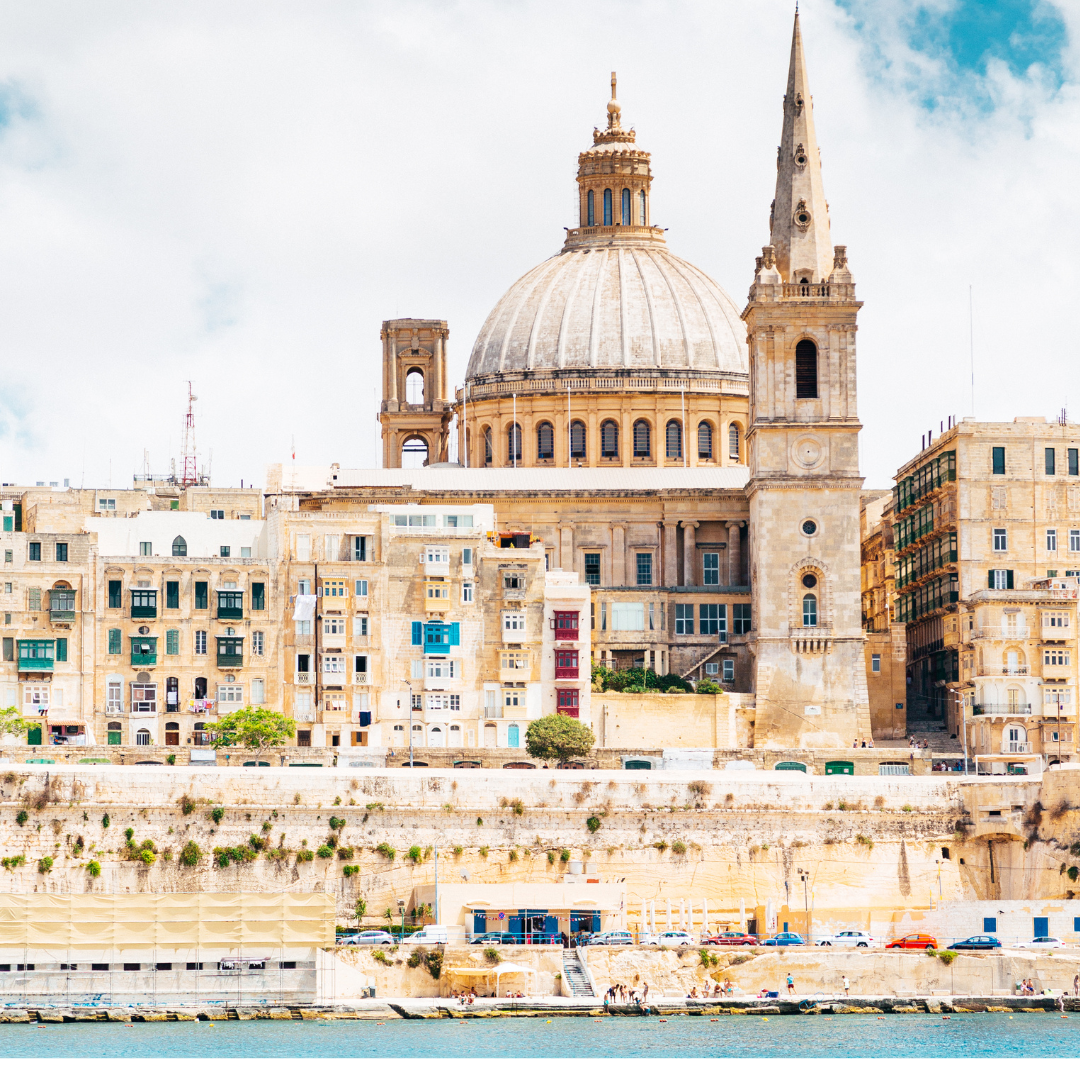Megalithic Temples and Maritime History: Combining Ancient Treasures with a Seafaring Adventure

Imagine standing on ancient grounds, where millennia-old stone structures whisper tales of bygone civilizations, and then setting sail on waters that have seen the passage of knights, corsairs, and explorers. Malta, with its unique blend of megalithic temples and maritime heritage, offers precisely this – a journey that transcends time. Combining the legacy of prehistoric builders with the adventures of seafarers, Malta stands as a testament to the indomitable human spirit, its drive for discovery, and its quest for identity.
Echoes from the Past: Malta’s Megalithic Legacy
The Maltese Islands harbor some of the world’s most ancient free-standing structures. Predating the pyramids of Egypt and Stonehenge in England, Malta’s megalithic temples stand as enigmatic evidence of early civilization’s architectural prowess and spiritual beliefs. These temples, built between 3600 and 2500 BC, are not merely old stones; they’re remnants of a sophisticated society that had rituals, beliefs, and an understanding of astronomy. Their alignments with the solstices and equinoxes hint at an early preoccupation with celestial events, making them both religious and calendrical structures.
Hagar Qim & Mnajdra: Marvels of Ancient Architecture
Situated on a hilltop overlooking the islet of Filfla, Hagar Qim and Mnajdra temples are among the most atmospheric. The soft limestone used has witnessed millennia of erosion, but the majesty remains. At Hagar Qim, you’ll find the largest single stone used in Maltese temple construction, weighing a staggering 20 tons. Mnajdra, situated a mere 500m away, offers a more complex temple layout, with intricate stone carvings that hint at rituals and ceremonies. Both temples’ alignment with the sun’s cycle, especially during solstices, reveals an understanding of astronomical events, adding another layer to their mysteries.
Tarxien Temples: Decoding Historical Mysteries
Located in the heart of Malta, the Tarxien temples stand as a testament to the island’s megalithic temple-building zenith. The complex boasts rich and intricate stonework, with spiral designs and reliefs of animals. Unique to Tarxien are the statues, believed to represent a mother goddess, emphasizing the society’s possible matriarchal nature or fertility worship. While most of the original statues are now housed in the National Museum of Archaeology to preserve them, replicas stand in their original locations, allowing visitors to imagine the site in its heyday.
Maritime Prowess: Malta’s Legendary Seafaring History
The waters around Malta have witnessed dramatic naval confrontations, legendary sea voyages, and significant maritime developments. The island’s strategic location made it a pivotal naval base for empires, from the Phoenicians to the British. The Knights of St. John’s presence amplified the maritime importance, with the Grand Harbour becoming a significant Mediterranean hub. Stories of sea battles, corsairs, and naval strategy are embedded in the island’s DNA. Museums like the Malta Maritime Museum in Vittoriosa encapsulate this rich seafaring heritage, showcasing artifacts that span over 7,000 years.
Combining Exploration: Balancing Land and Sea Adventures
A trip to Malta can seamlessly blend the terrestrial and maritime. Mornings can be spent wandering amidst ancient temples, feeling the weight of history underfoot. As the sun climbs, transitioning to the azure waters offers a refreshing counterpoint. Sailing around the archipelago, one can witness the temples from a distance, imagining how ancient mariners might have viewed these monumental edifices. Anchor in secluded bays for a swim or a dive, maybe even stumble upon submerged remnants of Malta’s past, adding another dimension to the adventure.
Local Legends: Folktales Surrounding the Temples
With ancient structures come age-old tales. Legends speak of giants building the temples, using the stones as playthings. Some believe the temples to be the work of mysterious peoples with advanced technologies, while others see them as sites of ancient rituals, where priestesses communed with deities. The allure of the temples is magnified by these tales, intertwining fact and fiction, making every visit a journey not just through physical space but also through the rich tapestry of collective memory.
Sustainable Visits: Preserving Malta’s Ancient Wonders
These ancient marvels have stood the test of time, but they’re not impervious to the modern world’s challenges. Climate change, erosion, and increasing visitor numbers threaten their integrity. Thankfully, efforts are underway to ensure sustainable tourism. Restricted visitor numbers, guided tours, and specialized preservation techniques are being employed to ensure that these temples endure for future generations. As visitors, respecting guidelines and treading lightly ensures that these relics continue to echo tales from the past.
Malta’s tapestry of megalithic marvels and maritime might offers an unparalleled journey into the annals of time. Here, one doesn’t merely visit sites; they immerse themselves in narratives woven over millennia. As we stand amidst ancient stones or sail the storied waters, we’re reminded of the enduring human spirit, our ceaseless quest for meaning, and our indelible mark on the tapestry of time. As the sun sets on the Maltese horizon, casting temples and boats in its golden hue, it’s clear that the legacy of this island is an everlasting beacon for explorers, historians, and dreamers alike.


